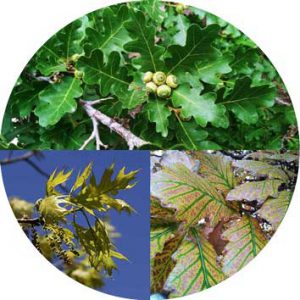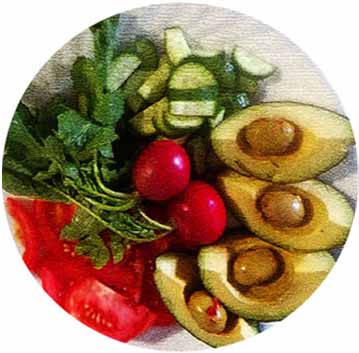Plants the painters, part I

If like me, you live in the northern hemisphere, you have already kicked into spring. Even the social distancing and quarantine to prevent the spread of COVID-19 does not stop you from opening the windows and smelling the fresh breeze of the spring days.
Every year, like a paintbrush on a canvas, spring twirls on the ground from south to north, moves from branch to branch and land to land, paints northern hemisphere in green, pink, yellow, and white; new branches, new leaves, and new colors come to the canvas. Then begins the full celebration of the colors in the summer by red ripe berries, colorful fruits, and shiny seeds. Next comes the fall to dress up the gardens with yellow and orange leaves. Finally, winter takes nature to a long rest. By the next spring, the painting cycle starts over with new branches, new leaves, and new colors.
Have you ever wondered where these colors have been built and stored? And how they have been shipped to the new branches when the gardens wake up in spring?

Plants absorb sunlight and CO2 from the air to do photosynthesis. By photosynthesis, they produce sugar and carbohydrates (the main materials of plant bodies) during spring and summer.
More
They use a part of their products to build new branches, new leaves, and new colors. The rest will be stored in their stems, roots, and seeds. Then the next growing season, they re-use carbohydrates to make new branches, new leaves, and new colors. Each year, by the end of the growing season, plants make sure that they have enough stored raw material for their next year. They make sure that the canvas will never remain colorless.

Yes! plants are responsible for the color of
Our gardens and forests
Our vegetables and fruits
Our red wine and orange juice
Our ketchup and mustard sauce
Our green tea and black coffee
Our wooden table and chairs
And even the blue color of our indigo dye.
Plants are the painters of our planet!

But wait a minute! What about
- Red Arizona’s Vermillion Cliffs?
- The green blood of snails?
- Or the acrylic painting on your wall?
Are they also painted by plants? Think about it while I am writing part II of this article.


